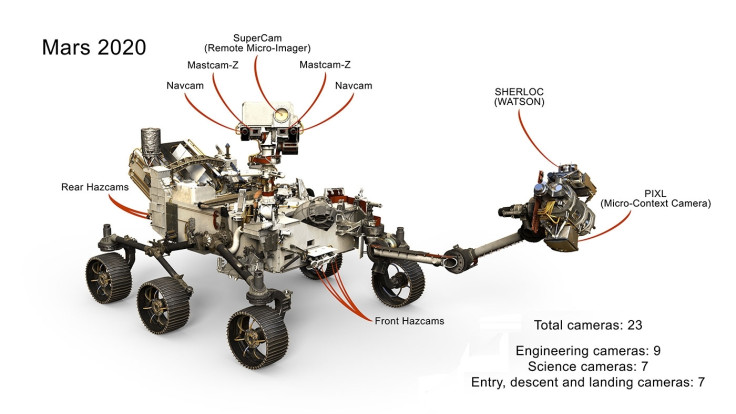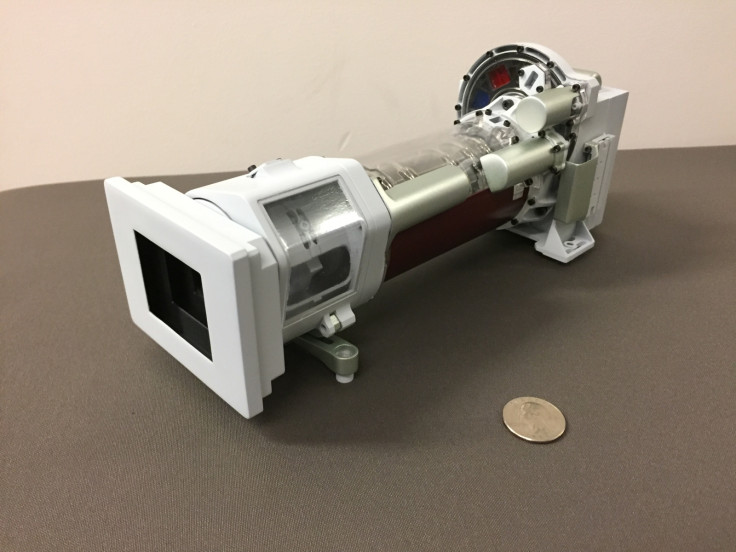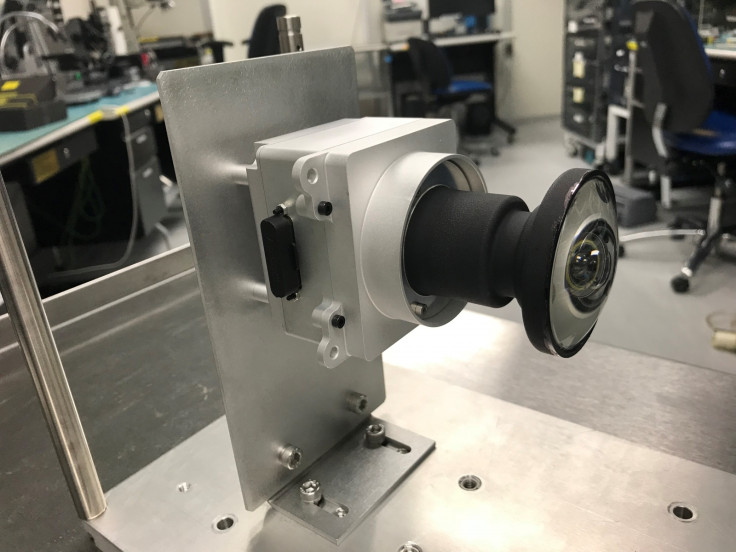What you need to know about Nasa's Mars 2020 rover and its 23 onboard cameras
You can expect to see high-definition, colour and panoramic images of the Red Planet in 2020.

Nasa's next Mars rover will reach the Red Planet in 2020 and have 23 onboard cameras, more than any other rover to reach and study the planet so far.
Nasa released a statement about the functions of these cameras, where they will be located on the Mars 2020 rover and even the types of images that they will be able to capture. The cameras will be placed strategically on the new rover, with each of them having their own function. The previous rover Curiosity, which is still studying Mars, has 17 onboard cameras.
Camera technology has grown rapidly over the years and it is now possible for even small cameras to take high-definition images and they have become cheaper as well, noted the release. The next rover will be a major step up from the Curiosity due to the fact that it will also feature 3D imaging capabilities.
The main cameras, dubbed Mastcam-Z (Z stands for zoom) will have a stereoscopic setup, so it can make 3D images of features and landscapes from a distance of about the length of a football field away.
Jim Bell of Arizona State University, Tempe, and principal investigator for Mars 2020's Mastcam-Z said that "routinely using 3D images at high resolution could pay off in a big way". He went on to add, "They're useful for both long-range and near-field science targets." Even minute features like erosion and texture of the soil could be studied from far away, noted the report.

Apart from the Mastcam, the new rover will have two sets of cameras called Navcams (navigation) and Hazcams (hazard). The ones on the Curiosity were designed to be engineering cameras, each of them capable of 1 megapixel black and white images only. The upcoming rover, however, will have 20 megapixel high-resolution cameras.

Engineering cameras will also not have to stitch images together because the new cameras will have a wide field of view. These cameras can provide a constant wide-angle view and, apart from giving a great all-round look, it will save time panning, capturing and then stitching the images together.
With reduced motion blur also part of the package, it can take photos on the move and does not require the rover to stay still when shooting, the report added.
There will also be a camera inside the rover's body to study and capture image samples that the robot collects, noted Nasa.
The new rover is being built in Nasa's own Jet Propulsion Laboratory in California.





